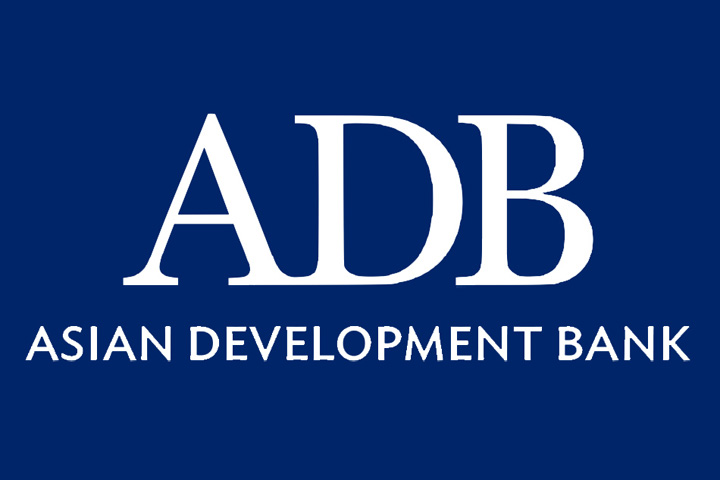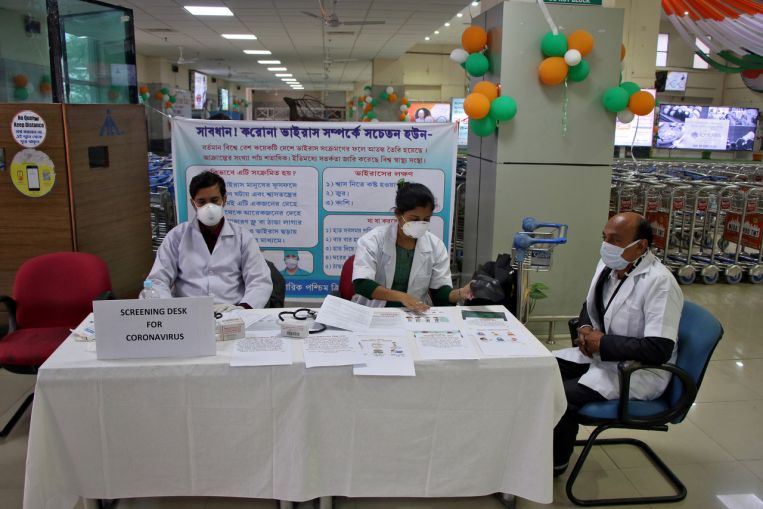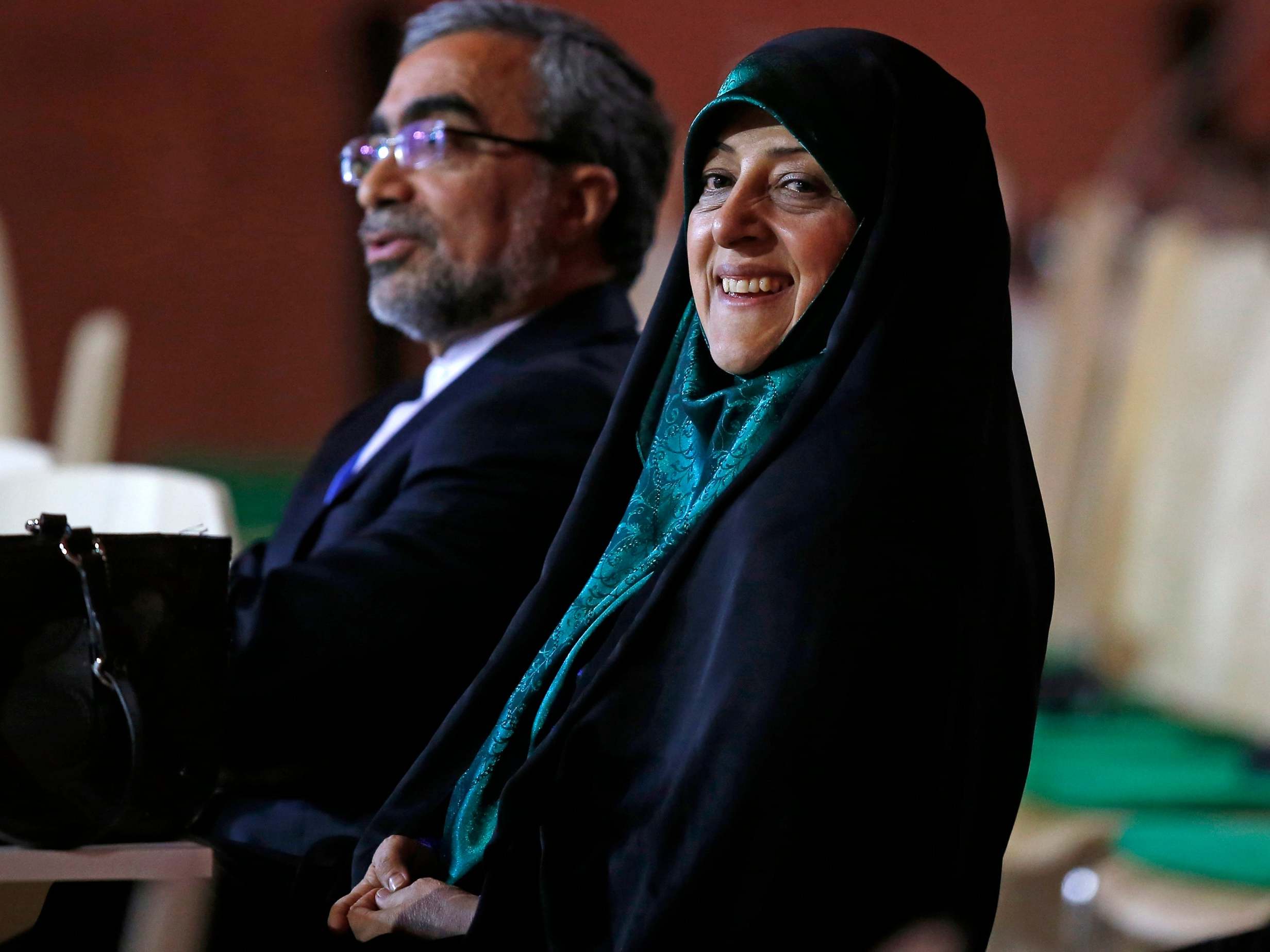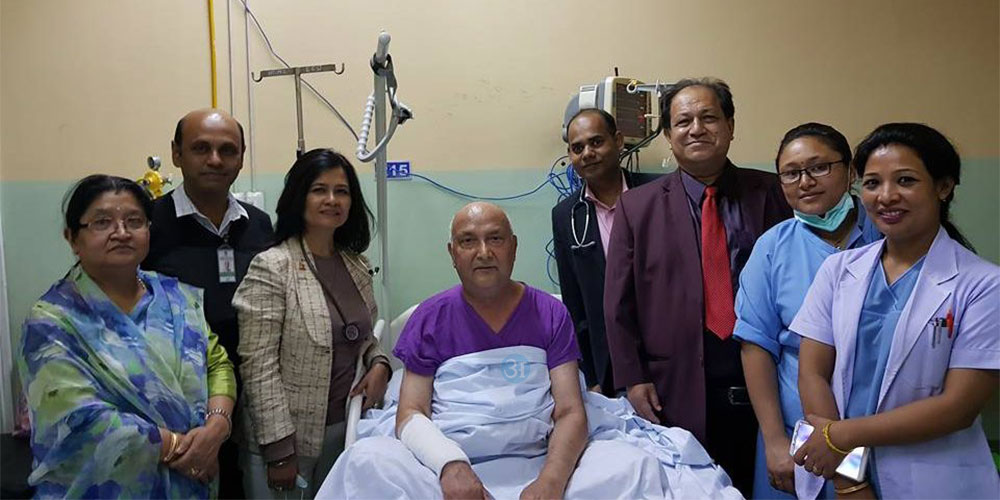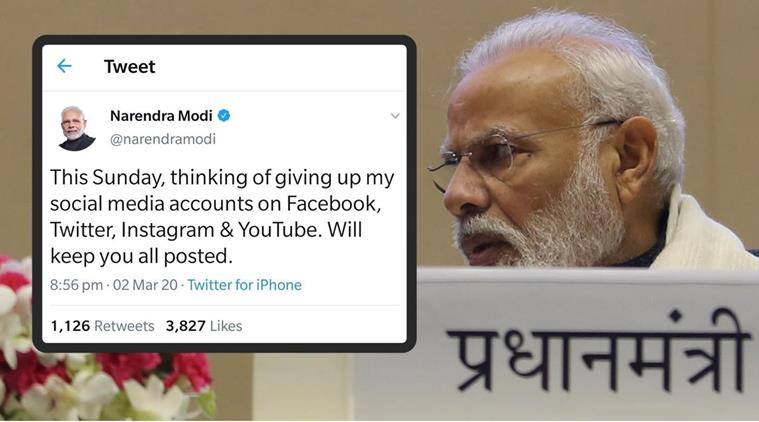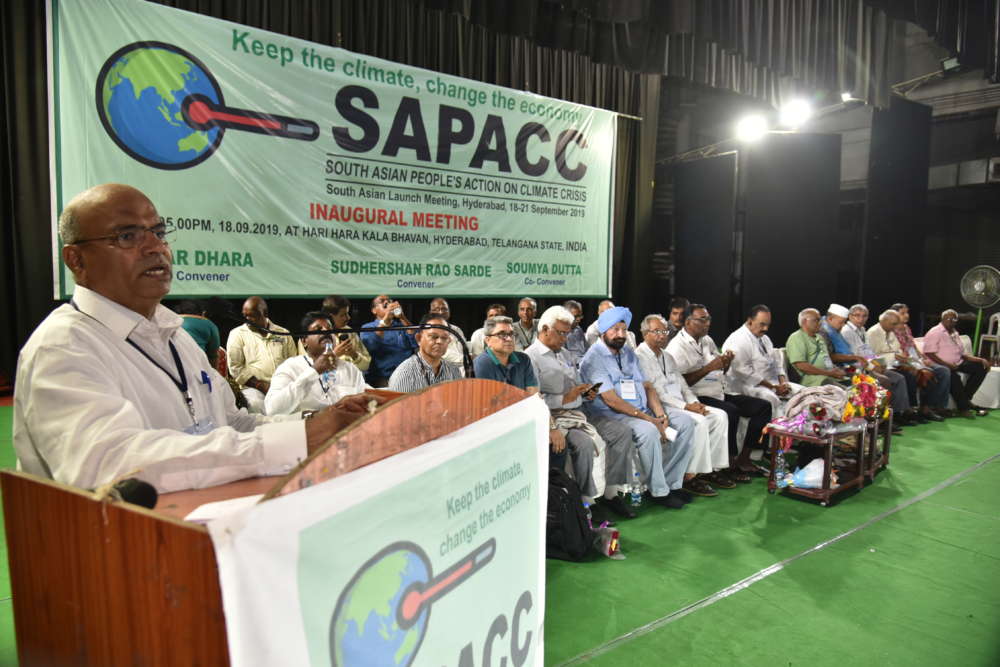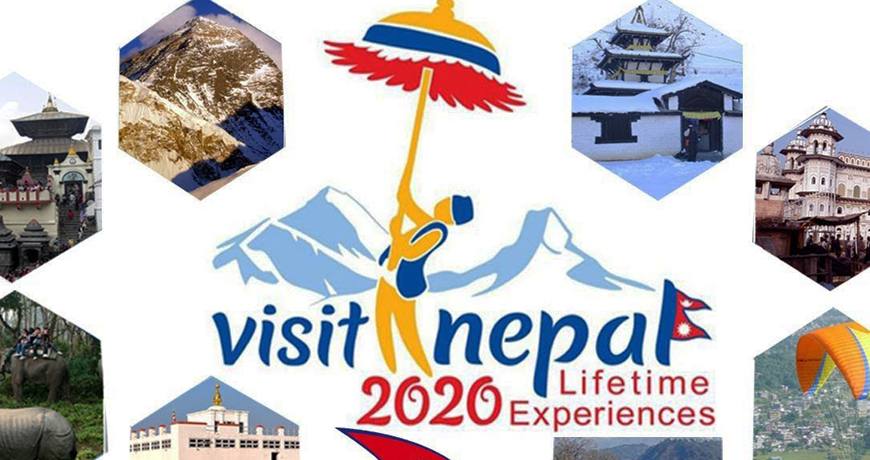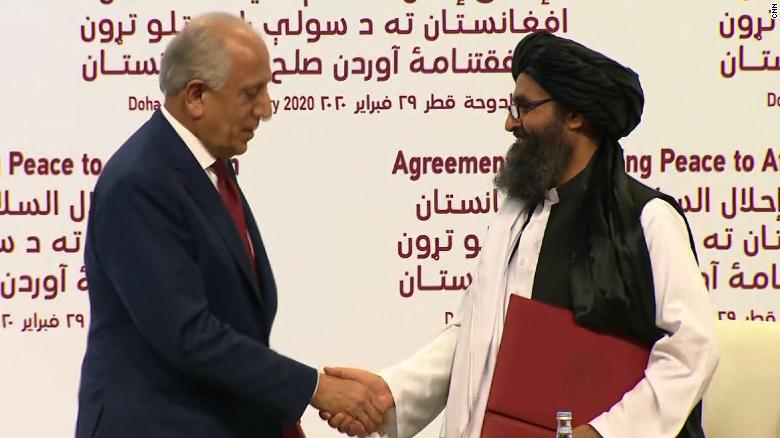By : Nagraj Adve
The climate justice movement in South Asia and India is moving in new directions with the formation of the South Asian People’s Action on Climate Crisis (SAPACC).
More than 300 people – representing farmers’ organisations, trade union federations, indigenous people’s organisations, fisher groups, women’s organisations, environmental groups, and a few progressive political parties – from Bangladesh, Nepal, Sri Lanka, and many parts of India met over four days during September last year in Hyderabad, South India.
This article was first published at People and Nature.
The meeting discussed key impacts of the climate crisis, critiqued the inadequacy of governments’ policies, presented ways forward, and demanded that the United Nations and their respective governments declare a planetary climate crisis.
Mobilisation
Following that launch meeting, a number of SAPACC’s constituents have organised meetings, awareness campaigns, and protest actions in a number of places, mainly in different parts of India, and in Bangladesh.
It is a promising start. But much more needs to be done.
The formation of SAPACC is significant for at least four reasons. Firstly, its constituents are geographically wide and politically varied.
Its co-organisers include the North Indian and Nepali farmers’ organisation NHCPM, Bhoomi Sena (which organises Adivasis [indigenous tribes] in Maharashtra), the National Alliance of People’s Movements (NAPM), the Lanka Sama Samaja Party (LSSP) from Sri Lanka, Vikalp Sangam, Ecologise (a collective that runs a popular website and publishes literature), the All India Forum of Forest Movements, Yuva Bharat, and others.
The campaign rests on two pillars, as was pointed out at a large convention of trade union members in Hyderabad: climate science and mass mobilisation.
Mass organisations coming together on an issue considered too abstract for a movement only a few years ago is a significant shift. It is a reflection of intensifying impacts in South Asia, and also how the issue has exploded in public consciousness in India and worldwide over the past one year.
Rainbow coalition
Key participants at the Hyderabad meeting included trade union federations such as Hind Mazdoor Sabha, the All India Trade Union Congress, and Indian National Trade Union Congress; the International Trade Union Confederation; Bangladesh Poribesh Andolan and Metallic Labour Union from Bangladesh, the Centre for Sustainable Agriculture, and a couple of Indian left parties. Students, scientists, teachers, public health researchers, and urban climate activists also participated.
A co-convenor told me on the sidelines of the meeting: “The climate crisis is too vast and complex a problem; it is impossible for a single organisation or social force to tackle it. A rainbow coalition like this is necessary. Also, clearly, we need new strategies and organisational forms that are more horizontal and nimble. Traditional structures won’t work.”
Secondly, SAPACC is convenient because the involvement of organisations engaged in people’s struggles expands our understanding of the nature and boundaries of the climate justice movement.
These boundaries are necessarily a bit fuzzy. Local people, organised by the Bhoomi Sena in Maharashtra against the proposed bullet train, or others fighting to protect wetlands in coastal Andhra Pradesh, may be motivated not by climate change, but by wanting to preserve control over their lands, other resources, and livelihoods.
But their struggles address climate change directly and indirectly. Such as preventing wasteful carbon dioxide emissions that would occur from daft projects such as the bullet train between Mumbai and Ahmedabad, which would benefit only a small elite, to say nothing of the companies building it. Or through the preservation of carbon sinks such as forests, grasslands, or coastal wetlands.
These struggles underline the centrality of the commons. They also tell us that individual measures are inadequate; collective responses are needed whether to preserve natural resources or combat climate change. These movements merit our thanks and our support. Instead, most of them – in Niyamgiri, Kudankulam, Vypeen, Kashipur, Sompeta, innumerable others – have been hit by brutal state repression. Protestors are shot at, some killed, others charged with lathis [heavy sticks].
Struggle
To illustrate the point with two examples, in Sompeta in southern India, people organised under the banner Paryavarana Parirakshana Sangham to resist damage to a 4,000-acre wetland with remarkable biodiversity, and the takeover of their lands for a 1980 MW coal thermal power plant. They were shot at by the police; three died and numerous people injured.
In Kakrapalli, also in South India, people opposed the setting up of a 2640 MW thermal power in the middle of diverse wetlands.
Thousands of people depend on these for their livelihoods: they extract salt, engage in farming or do inland water fishing in the numerous ponds in the area. Here too, three died in police firing.
In both cases, the thermal plants were stopped, but at a terrible cost.
Elsewhere, false cases have been filed against countless protestors, hundreds of whom continue to languish in jails all over the country. The possibility of impending repression was voiced in Hyderabad by some of those attending. Any understanding of “climate justice” needs to incorporate the idea that such struggles need to be feted, not flayed.
Movements
Thirdly, such coalitions enable the expansion and deepening of climate change concerns among different social movements.
As a trade union organiser and NAPM advisor said: “We can now go tell our women’s organisations in Tamil Nadu that climate change is being discussed by women’s groups elsewhere and they should take it seriously.”
Underprivileged women, in my view, are the single largest social group in South Asia already being hit by the climate crisis. For the climate justice movement to be more encompassing, it needs a better understanding of both its impacts on them, and have a sharper gendered perspective on development.
Fourth, some trade unions worldwide, under the banner Trade Unions for Energy Democracy (TUED), have been engaging with the impending energy transition away from fossil fuels. They have been critically analysing workers’ jobs and rights during such a transition. However, trade union engagement with climate change has been hesitant in India.
Unions are concerned how an energy transition could impact the number and quality of jobs, say in the coal or auto sectors. The presence of large trade unions in SAPACC was one of its positive takeaways, but, even at the meeting, their engagement needed to be deeper. One hopes for deeper engagement in the future.
Unions everywhere would do well to heed the words of ITUC’s general secretary Sharan Burrow, conveyed via video at a large convention attended by hundreds of multiple trade union members: “There are no jobs on a dead planet.”
Ways forward
Many suggestions about ways forward were placed at parallel sessions on the climate crisis and farmers, women, fishers, workers, health, resilience, impacts and policy, and youth.
Saraswati, from the Centre for Sustainable Agriculture, said that agriculture needs a “holistic approach. The importance of forests, birds, bees, insects, all needs to be recognised.” There was agreement on the importance of agroecology, crop diversity, promoting millets, and chemical-free agriculture, which reduces methane emissions.
Shreekumar, who has been running an alternative farm in southern Karnataka for the last twelve years, said: “For sustainability, an important question is what fraction of the workforce must remain in agriculture. The agriculture we need henceforth should not just produce food in a sustainable manner but also repair the damage already done to the soil, as well as restore water resources and biodiversity.”
That the climate crisis is a collective problem that needs collective solutions was emphasised in a session on resilience. This is difficult in cities, where the notion of community is weak, but which contribute most to the problem of carbon emissions.
Despite this, there have been energetic climate protests in cities in recent months. Urban authorities, it was proposed, need to put sector-wise carbon reduction plans in the public domain, with clear targets. Disaster management plans also need to be in the public domain, to better deal with calamities such as the floods in Kerala and Chennai.
Health
In the session on climate change and public health, led by two professors at the Indian Institute of Public Health, Hyderabad, specific steps under heat action plans in certain cities were discussed, including the provision of water in many locations, installing cooling spaces in public places, early warning systems, and painting roofs white. Comprehensive heat action plans ought to be implemented across towns in India; only a few cities currently have them.
Neither climate impacts nor ecosystems respect political boundaries. Impacts across national borders necessitate cooperation at both the people and governmental level in South Asia.
No amount of money can compensate glacial melt and other damage to the Himalayan ecosystem, said activists from Nepal. Instead, the deadline to reduce emissions sharply should be strictly implemented.
An upgrading of emission cuts under the Paris Agreement, making technology free of intellectual property rights, and stopping the financing of fossil fuels was suggested.
In South Asia, organisations proposed stopping all activity that would damage mangroves and coral reefs. In summary, the participants were essentially saying that a different development trajectory was needed to tackle the climate crisis.
Campaigns
SAPACC’s constituent organisations have undertaken a range of campaigns; this list is from India and not exhaustive.
On 1 November, different constituents held varied activities in their own towns. For instance, a pamphlet distribution on the climate crisis was organised in busy central Delhi [North India] by Climate Crisis Group, along with the local chapters of Fridays for Future and Extinction Rebellion.
On 8 November, there was a protest organised against a proposed petroleum storage facility in Payannur, in Kerala [South India]. This campaign has actually been going on for months, and met with rare success, with an assurance from the Kerala chief minister in late January that the process of land acquisition for the petroleum facility would be immediately halted.
Public meetings were held on climate change impacts on Adivasis in Palghar and in Vasai, both near Mumbai [western India]. In addition, a carbon footprint workshop, to enable participants to learn how to measure their or a territory’s footprint, was held in Hyderabad on 30 November, the idea being towards its reduction.
A number of the activities since the launch meeting have focused on awareness-building in different states. These include workshops and meetings in colleges in a number of states, including Rajasthan, Jammu & Kashmir, Punjab, and Karnataka.
The most remarkable event was organised by Students for Climate Resilience in Thrissur, Kerala, to launch a year-long awareness campaign in the state. A few thousand [reportedly, 5,000] students from 60 institutions participated in this launch event. Several groups and individuals have come together and are planning a remarkable 1,000 programmes in schools, colleges, and other venues in the state of Kerala in this calendar year.
Transition
All this is encouraging, but much more needs to be done. For one, to the best of my knowledge, despite their presence at the launch meeting, activity by trade unions around the climate crisis has been muted since then.
Many unions and their mass base in India are reeling under a deep and systemic unemployment crisis, and climate concerns seem distant. A few unions are beginning to engage with the issue of what an energy transition may mean for jobs and the nature of employment in the renewable energy sector.
Second, there is an excessive tilt towards awareness-building and imparting information about the climate crisis. This is necessary, but nowhere near sufficient. It needs to be accompanied by campaigns that tilt the needle on elite emissions.
Like the rest of the world, about 65-70 percent of India’s emissions emanate from urban areas, due to consumption by urban elites. The only way that will change is by progressively changing the intermediate systems that contribute to it.
In particular, the electricity sector (in India, air conditioning and cooling needs more than heating) and transport sector. This needs more public buses in every town, cycle paths, last mile connectivity, bus-only corridors, etc, and reducing private car use.
In electricity, a greater share needs to come from renewables. No state in India is meeting its renewable pledges. This needs to be accompanied by heavier taxation on incomes and wealth, and related policy that curbs elite consumption. Eventually, it links to what an equitable, sustainable development trajectory might look like for India, far removed from what we have at present.
Crisis
The coalition’s name itself reveals an important shift in how the issue is now perceived by climate activists everywhere. The milder term “climate change” has been discarded in favour of climate “crisis”.
The term “climate emergency”, widely used nowadays in the UK and elsewhere, has been rejected over concerns that it may be exploited by political elites to push through repressive or anti-people measures.
In India, the term “emergency” also evokes memories of the mid-1970s (when the Congress regime then in power had declared an Emergency, people’s democratic rights were severely curtailed, and political opponents jailed for months on end).
However, the enormity of the crisis’ deepening can scarcely be overstated. If emissions are not sharply reduced, a combination of heat and humidity will make many regions of South Asia unliveable.
They will go going beyond the physiological capacities of our bodies to lose heat, with certain death for anyone who stays outdoors for even a few hours in the shade. Accelerated sea level rise will displace tens of millions in Bangladesh, India, Sri Lanka, Maldives, and Pakistan.
Net zero
United in Science, released on 22 September by the Intergovernmental Panel on Climate Change (IPCC), World Meteorological Organisation (WMO) and other scientific organisations, suggests that proposed emissions cuts by different nations “need to be tripled to be aligned with the 2oC goal and increased around five-fold to align with the 1.5oC goal” of the Paris Agreement.
That is, a sharp reduction of 18‒30 billion tonnes of CO2-equivalent by 2030 from the 53 billion tonnes a year currently.
It is in this context that two of SAPACC’s key demands – sent to the UN Secretary General before the special session of the United Nations to discuss the climate crisis on 23 September – ought to be understood: one, that the UN immediately declare a planetary climate crisis; and two, that the UN ensure that greenhouse gas emissions of developed countries be reduced drastically to reach net zero by 2030, and of developing nations by 2040.
“Net zero” implies that carbon emissions ought to be reduced to the rates forests, grasslands, and oceans can absorb. This should be non-negotiable and binding.
Key planetary ecosystems are already crossing tipping points, irreversible for the foreseeable future, and we have no time to lose.
From : The Ecologist
This Author
Nagraj Adve speaks and writes on the science, impacts, and politics of global warming. His booklet Global Warming in the Indian Context: An Introductory Overview (Manchi Pustakam 2019) has been translated into Hindi, Kannada, Tamil, and Telugu. This article was first published at People and Nature.






